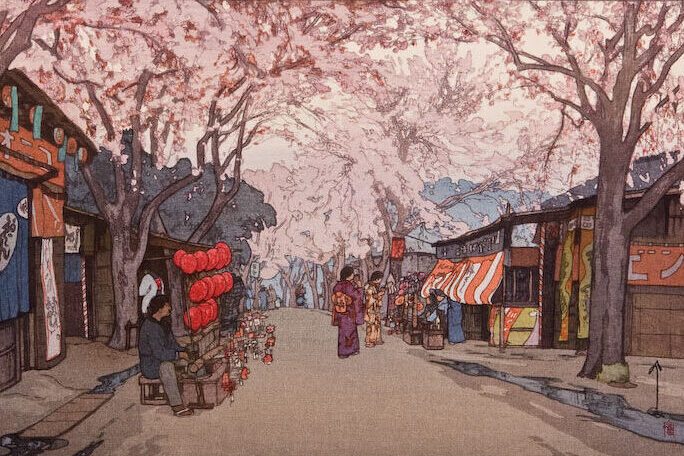
Saihatsu boshi – “Those who forget the mistakes of the past are doomed to repeat them”
Articles, Japanese business, Japanese business keywords
I used to have a running battle of sorts with the car dealership in Chicago where I had my oil changed. They always seem to be short-staffed and disorganized, and what should be a simple task often took two hours. When I complained, the staff always apologized profusely, and on occasion gave me a discount. But this didn’t satisfy me, because what I really wanted to know is what they were going to do to make sure that the same thing wouldn’t happen the next time I came for an oil change. Would they improve their scheduling process? Find a way to do the oil changes more efficiently? Hire more staff? Do something, anything?! But whenever I asked these questions to the dealership staff, they seem to fall on deaf ears. They never seem to be interested in this line of discussion, leaving me feeling frustrated.
This clash in perspectives made me realize that I have adopted the saihatsu boshi approach used by my Japanese clients. Literally translated as “avoiding future reoccurrence of the same problem,” “making sure the same thing doesn’t happen again” or “preventing a repeat,” this phrase represents what is a sort of religion for Japanese business people. The idea is that simply apologizing for a problem is insufficient. The only proper thing to do is a detailed post-mortem analysis – looking at what factors contributed to the problem, and what can be done differently in order to address them and thus avoid a reoccurrence. This is a technique that is drilled into employees in Japanese companies, and can be said to be a key factor behind Japanese companies’ quality prowess.
My annoyance with the staff at my car dealership is similar to how many of my Japanese clients feel about the attitudes of their firms’ American employees. Japanese are often mystified as to why many Americans seem to not be interested in learning from past problems to prevent future ones. In many cases, even if they were to analyze the root causes and develop countermeasures, they may not be empowered to implement them. And the companies they work for may not show interest in their ideas. Unfortunately, many American firms don’t look at their rank-and-file employees as being able to solve problems. And never having been viewed as sources of ideas for improvement, many American employees are not used to coming up with them. I suspect this is what’s going on at my car dealership. It’s quite a contrast from the way many Japanese firms get all employees actively involved in improving quality.
The different attitude toward problems that many Americans take is also a reflection of the culturally different world views. Japanese tend to assume that the world is stable – that things tomorrow will work similarly to today or yesterday. This is an assumption built up over centuries of the predictability fostered by a settled society, and recently through decades of government efforts to promote social stability. Meanwhile, Americans tend to assume that the world is ever-changing — that tomorrow is going to look very different than today or yesterday. This way of thinking was fostered in the unpredictable life of settlers and pioneers, and the rough-and-tumble free-for-all of America’s competitive contemporary business world.
Thus, the Japanese view is that the problem that occurs today is likely to happen again, so it’s worth spending time figuring out why it happened and how to avoid it. Whereas Americans tend to stress that due to constant change every situation is different, so that it is more important to prepare for the future than to agonize over the past.
Thus, for Japanese who want to convince American colleagues to get involved in analyzing problems and figuring out how to prevent their recurrence, it helps to start by convincing Americans that the same conditions could indeed repeat themselves. And then assuring the Americans that their problem-solving efforts will be taken seriously and implemented.
This article originally appeared in Global Manager Magazine
Other articles you may be interested in:
SAVING FACE: A LITTLE DISCRETION CAN GO A LONG WAY IN JAPAN
CLEARING THE AIR — THE POWER OF APOLOGY IN JAPAN
SAIHATSU BOSHI – LEARNING FROM MISTAKES TO PREVENT REPEAT PROBLEMS
Related articles
Purpose should come from within, but also from outside Japan HQ
Recently an HR director for a Japanese financial services company in Europe told me that he had been
The different meanings of psychological safety in Japan, Europe and North America
The concept of “psychological safety” in the workplace started in the United States in the 1960s and
Too early for cherry blossoms!
Japan’s cherry blossom season is peaking at the earliest time since records began over 1,200 y




